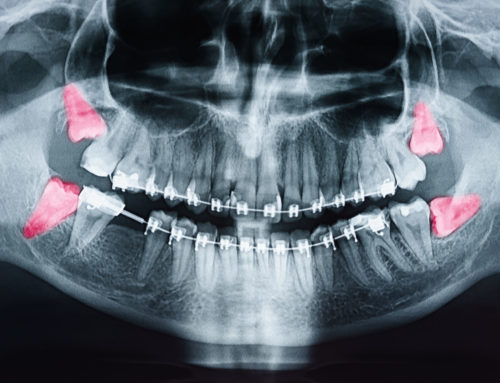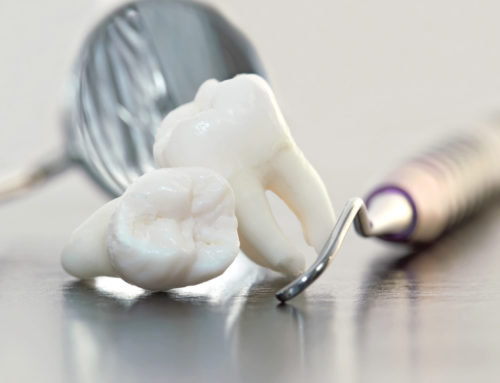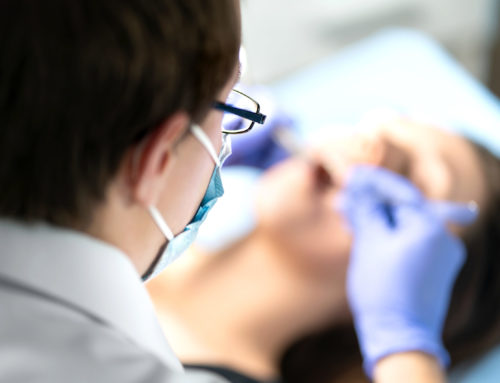Any type of oral surgery can generally elicits at least some fear or apprehension in patients, and this is absolutely normal- nothing to be embarrassed about. Today, patients scheduled for any type of dental procedure have choices available; and, like most oral surgeons, the highly-trained dental specialists of OMSH will discuss available options with patients to help them make the best choice based on medical history and other needs. There are four dental surgery anesthesia options, or what we call “Patient Comfortsâ€, available for you when you undergo an oral procedure. Each one offers a different level of effectiveness for your specific needs.
#1 Local Anesthesia
Different types of local anesthetic medications, like lidocaine, are injected directly into the mouth to numb the area around the procedure site. This type of anesthesia is the most common form used in dental offices. Local anesthesia is used because it is fast acting, relatively inexpensive, safe for most patients, and wears off within a short time after the procedure.
#2 Nitrous Oxide
Commonly referred to as laughing gas, nitrous oxide has been in use for many years. Like the oral surgeons of OMSH, trained surgeons will do whatever it takes to ensure that patients are comfortable and relaxed during a treatment procedure. Nitrous oxide is very effective in assisting patients with relaxing while also eliminating pain, and many experience virtually no side effects from its use. As another element of patient comfort, the dental staff of OMSH ensure that patients are consistently monitored while receiving nitrous oxide. Patients are also given oxygen once the laughing gas is stopped, and usually within 15 minutes, patients feel normal again.
#3 Oral Sedation (Pre-Medication)
Rated as highly effective by many patients with anxiety, oral conscious sedation is known for reducing anxiety in patients before they arrive in the office for their procedure, and for eliminating pain during the procedure. Many oral maxillofacial surgeons have various oral sedations available to prescribe for patients based on medical history. The medication is taken an hour before a procedure is scheduled, and patients must have someone to drive them to and from the appointment. The benefit of oral conscious sedation is that patients are relaxed and calm at arrival, during the procedure, and afterwards.
#4 Intravenous (IV) Sedation
Used primarily for patients with extreme anxiety, or for those undergoing extensive oral surgery. Intravenous sedation, very commonly called general anesthesia, is most effective for relaxing patients and keeping them comfortable. With IV sedation, patients are generally unconscious or unaware of what is happening, and have no recollection of it. Though this option is costlier due to the nature of the surgical procedure, it provides the highest form of patient comfort. As policy, the specialists of OMSH ensure that patients are consistently monitored and by the patient’s side while IV is administered. And like oral sedation, this form of anesthesia will also require the before and aftercare assistance of another responsible adult.
Other patient comforts are also available at dental surgical centers like OMSH, which can include mouth and jaw rests, tinted protective goggles, and blankets to name a few. Discussing your options with OMSH during a consultation and prior to the procedure is always advised. Call us today at 832.509.4505.






